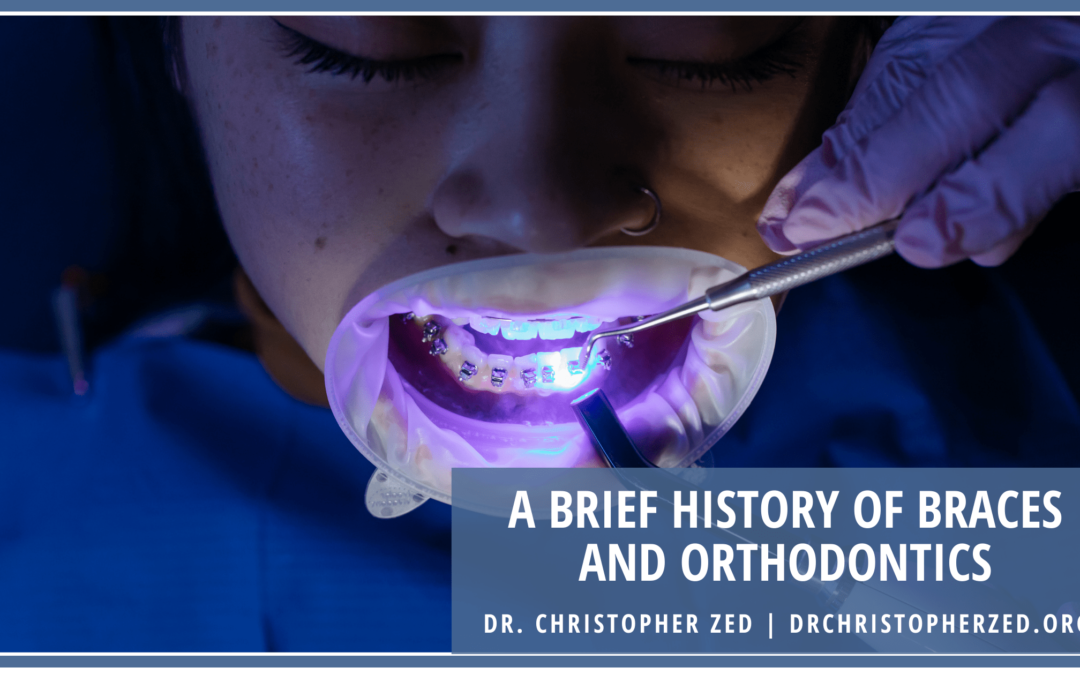Orthodontic braces have come a long way since their invention in 1728. Dr. Pierre Fauchard is credited with creating the first pair of braces made from gold and used to correct an overbite. Since then, orthodontic braces have evolved considerably, thanks to advances in technology and materials. This article will briefly examine the history of braces and orthodontics, from their humble beginnings to the sophisticated devices we use today!
The Early Years
Orthodontic braces were first used in the early 1800s, though they appeared much different from today’s braces. They were made of metal (usually iron or steel) and were very rigid and uncomfortable. They also had to be tightened regularly, which often caused pain and irritation for the patients. However, despite these drawbacks, metal braces were reasonably effective at correcting teeth’ alignment problems.
The first breakthrough in orthodontic technology came in 1901 when Dr. Edward Angle developed brackets, wires, and elastics systems that could be used to move teeth more effectively than metal braces. This system, known as “Angle’s System,” quickly became the standard for orthodontic care and is still used in many orthodontic practices today.
The Modern Era
The next breakthrough in braces came in the 1950s, with the development of plastic brackets. These brackets were far more comfortable than metal braces and could be worn for extended periods without irritating. They were also less visible than metal braces, making them a popular choice for adults and teenagers. However, they did have some drawbacks: they were not as strong as metal braces and could sometimes become loose and fall off.
In the 1970s, another significant advance occurred with the development of ceramic brackets. These brackets were made of porcelain, which gave them several advantages over plastic brackets. They were stronger and more durable, and they blended in much better with the teeth, making them nearly invisible. However, they were also more expensive than plastic or metal braces, making them less affordable for many patients.
The 21st Century
In the 21st Century, orthodontic care has reached new levels of effectiveness and efficiency thanks to advances in technology. One of the most exciting recent developments is clear braces, made of a translucent material that is virtually invisible when worn. Clear braces are becoming increasingly popular among adults who want to improve their smiles without drawing attention to their teeth.
Another significant advance has been the development of Invisalign, a system of clear aligners that can be used to straighten teeth without the need for traditional braces. Invisalign has become a popular choice for adults and teenagers who want to improve their smiles without sacrificing appearance.
The Future of Orthodontics
Orthodontic technology is constantly evolving, and new advances are being made. In the future, we can expect to see even more effective and efficient methods of correcting teeth alignment problems. We may also see new materials and techniques for making braces more comfortable and less visible. Whatever the future holds, one thing is certain: orthodontic care will continue to help people achieve beautiful, healthy smiles!

